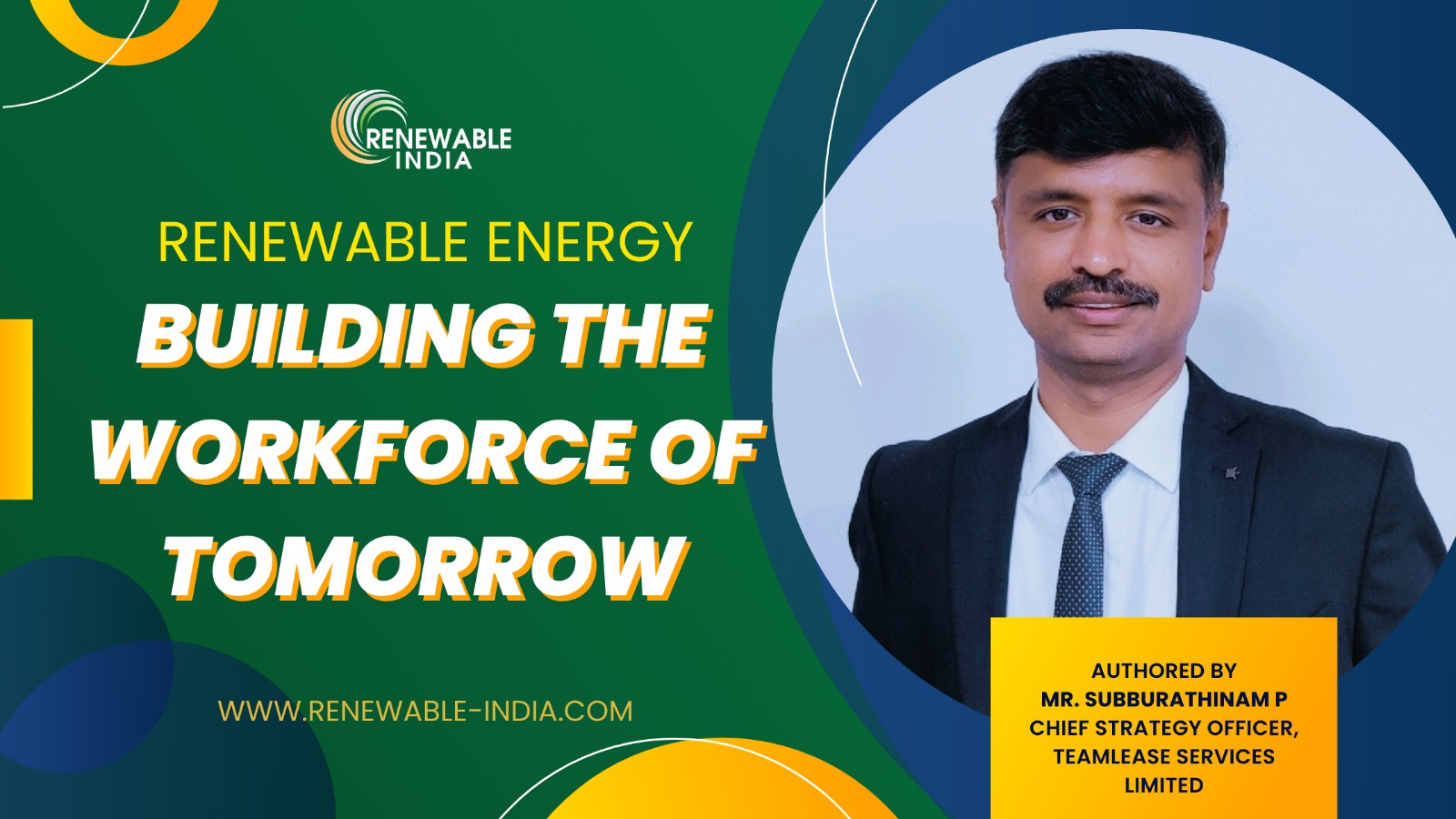
India’s journey towards sustainable development and renewable energy has brought forth a remarkable transformation in the country’s energy landscape. With the target of achieving zero emissions by 2070, the country is gearing up for a multi-fold evolution in the renewable energy sector. The Ministry of New and Renewable Energy’s Production Linked Incentive (PLI) Scheme for the National Programme on high-efficiency solar PV modules completely supports this evolution.
As a part of the scheme, India has set an ambitious target to establish a manufacturing ecosystem for high-efficiency solar PV modules in the country with an outlay of Rs. 24,000 crore. By reducing import dependence and promoting domestic production, the scheme will not only enhance India’s energy security but also generate substantial employment opportunities.
In the last year, the country’s solar capacity witnessed a remarkable surge, with an addition of 13.5 GW of solar PV installations. It has led to employment for approximately 2.8 lakh personnel. The renewable energy revolution extends far beyond the present.
India’s Bhadla Solar Park, which is the largest solar park in the world, is spread over a total area of 14,000 acres in Bhadla, Phalodi tehsil, Jodhpur district, Rajasthan, India. The region has been described as “almost unlivable” due to its climate. Pavagada Solar Park is another large solar park covering an area of 13,000 acres in Pavagada, Tumkur District, Karnataka, completed in 2019 with a capacity of 2,050 MW. One of the significant challenges faced by the solar PV industry is ensuring proper operations and maintenance of installed systems. If the panels are not cleaned properly, the generation of solar power reduces. It requires the on-site deployment of a workforce proficient in performing routine maintenance tasks.
Since there is a massive requirement for a workforce for cleaning and maintaining large-scale solar power plants, the job opportunities in the sector are huge. According to the reports, the industry will generate an additional 3.5 million jobs by 2030. From manufacturing and installation to maintenance and research, there will be a range of job opportunities that require a skilled and dedicated workforce.
While there are a lot of opportunities in the renewable energy landscape, challenges like skill deficits, import restrictions, and underutilized capacity continue to persist. To overcome these hurdles, the government must take proactive measures to enhance the solar industry’s competitiveness, innovation, and productivity through strategic policy initiatives.
At the same time, empowering the workforce to navigate India’s renewable energy landscape successfully is important. Investing in skill development programs, vocational training, and educational initiatives can help equip workers with the necessary expertise to thrive in this rapidly evolving sector. Also, collaboration between industry, academia, and government can aid in developing a talent pipeline that meets the sector’s ever-growing demands.
Safety parameters are also crucial since unskilled people will be working on-site. They might not understand the hazards of electric shock. Hence, safety officers need to be deployed, and periodic training on health and safety is a mandate.
Along with skill development, India also needs to promote research and development to facilitate innovation, thereby taking India’s renewable energy industry to new heights. By encouraging entrepreneurship and supporting domestic manufacturers, the nation can reduce its reliance on imports and strengthen its position as a global leader in sustainable energy solutions.
India’s growth trajectory not only contributes significantly to the country’s economic development but also aligns with the nation’s commitments to the Sustainable Development Goals (SDGs), particularly SDG 7, which focuses on ensuring access to affordable, reliable, sustainable, and modern energy for all. As the nation moves toward a greener future, the renewable energy sector presents a remarkable opportunity to create sustainable employment opportunities. By empowering its workforce and embracing innovation, India can emerge as an example of a sustainable nation.
Navigating the Path to a Sustainable Future with Trends of Renewable Energy in 2024
Leave a Reply